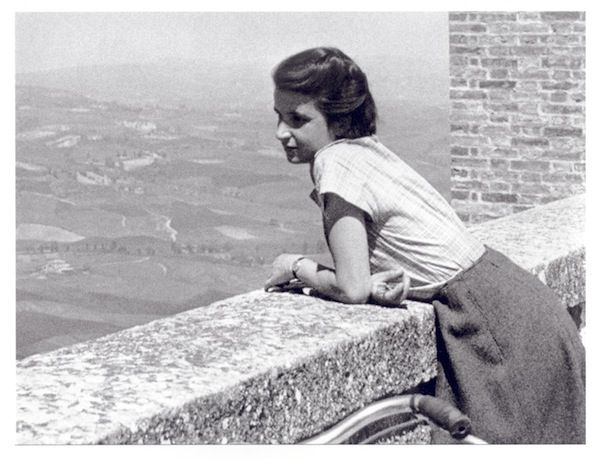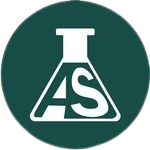- Published on
The Double Helix Detective: Rosalind Franklin
- Authors

- Name
- Jayita Iyengar
Initial Drive
Ever since she was young, Franklin has always sparked curiosity. Growing up in a Jewish family, she was known for her clever and intellectual abilities filled with intelligence. Sent to attend St. Paul’s Girls’ School known for academic excellence, she continued to explore science, her attachment to chemistry developing.

Later Education & Lifestyle
After graduating with a degree in physical chemistry from the University of Cambridge, she obtained a fellowship for a research project. However, as the intensity of World War II escalated around 1941, Franklin took on the role of a London air raid warden. She soon withdrew her fellowship to work for the British Coal Utilisation Research Association, where she pursued her doctoral studies.
Career
Between 1947 and 1950, Rosalind Franklin collaborated with Jacques Méring at the State Chemical Laboratory in Paris, delving into X-ray diffraction technology, which focuses on the shape of a molecule using X-rays. As a research fellow in 1951, Franklin joined the Biophysical Laboratory at King’s College, London, with a project in mind. Aware of the challenges associated with the chemical structure of DNA unknown, Franklin’s determination prevailed as she was committed to applying X-ray diffraction methods to the study of DNA.
Her pioneering efforts led to a significant breakthrough when she unraveled the density of DNA and, crucially, confirmed its helical structure. By refining X-ray patterns of DNA molecules, Franklin set the stage for James Watson and Francis Crick's groundbreaking proposal in 1953, positing that DNA's architecture is a double-helix polymer, comprising two intertwined strands.

Challenges
Throughout her education, Franklin often encountered a hostile environment driven by anti-Semitism and gender inequality. Her contributions were not always recognized, reflecting an atmosphere where her work was not valued, facing several miscommunications that did not credit her for her discoveries. Regardless, Franklin persisted in embracing her passion during her scientific career to advance chemistry, serving as an inspiring role model for young women in societies that were often unwelcoming to their contributions. Her unwavering dedication stands as encouragement, urging others never to shy away from making positive contributions to the world.
Sources:
https://www.britannica.com/biography/Rosalind-Franklin
https://www.rosalindfranklin.edu/about/facts-figures/dr-rosalind-franklin/
https://profiles.nlm.nih.gov/spotlight/kr/feature/biographical
https://airandspace.si.edu/stories/editorial/rosalind-franklin-dark-lady-dna
https://www.salientwomen.com/2020/03/14/biography-rosalind-franklin-british-scientist/
